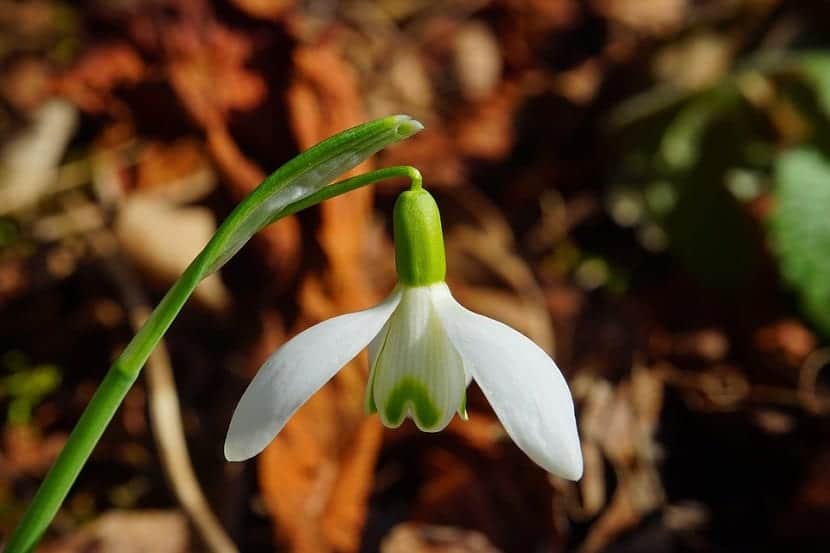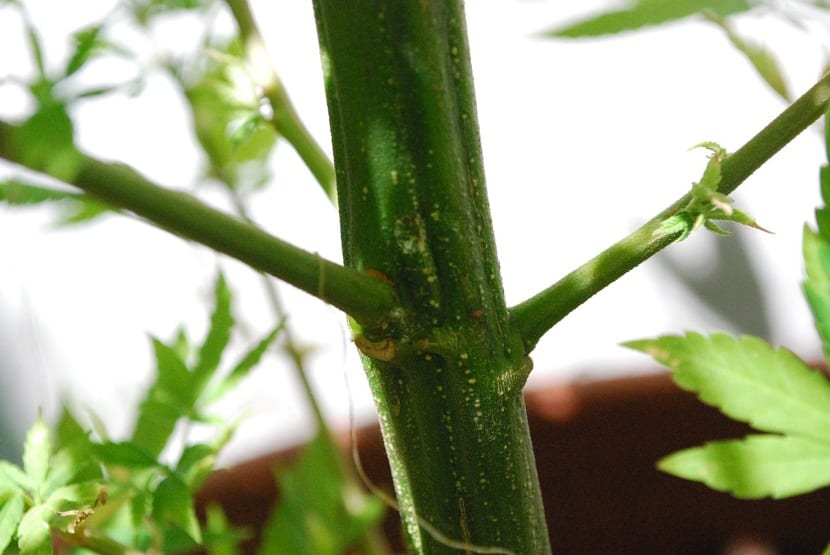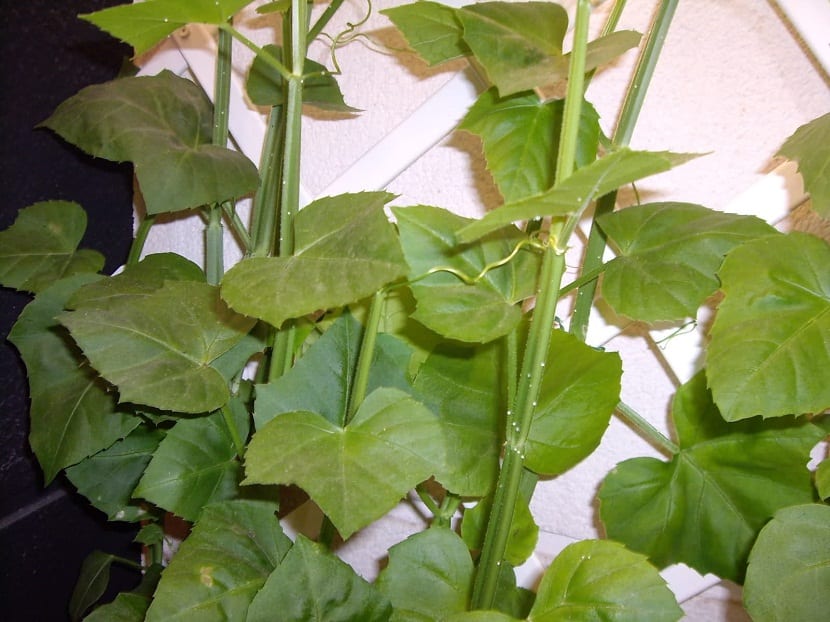
Each of the plants that exist, in the same way as in the human body, have perfectly defined parts and all of them have a specific function. These parts are the root, the leaves and the stem.
The stem is the axis that has the area, usually aerial, of the cormophytes, in addition to being the organ that takes care of keeping leaves and flowers and even fruits in place. The stem is distinguished from the root because it has knots where both the leaves and the axillary buds are inserted, and because it has a negative geotropism, which means that it has the ability to grow against the force of gravity.

Inside the cormophytes there are species that have a single stem, which has a stem that does not branch, like plants that have numerous stems that have a stem that branches in different ways depending on the activity carried out by the meristems.
Anatomically, the stems are made up of three tissue systems which are called as dermal, fundamental and fascicular or vascular.
For its part, the variations that occur in the structure of the stem in various species and larger taxa, consist essentially of the differences that occur in the relative distribution of vascular and fundamental tissue. Similarly, the longitudinal growth of the stem starts from the activity carried out by the apical meristems, as well as the subsequent lengthening of the internodes, which is known as "Primary growth".
This growth stands out for the increased stem thickness, this being the result of the activity carried out by the secondary meristems (phellogen and cambium). This growth is usually typical not only in gymnosperms, but also in most of the shrub and arboreal eudicotyledons, resulting in the wood.
It is also worth mentioning that the stems are classified through different perspectives, the same ones that go from the consistency they have, to the modifications they have when adapting in different types of ecosystems.
The functions of plant stems turn out to be essential for their proper development. In general, these functions are associated with both the transport of water and nutrients in plants, as well as their structural support.

The structural support provided by the stems is intended to make the flowers, leaves and fruits of the plants stay in place and don't fall prematurely. However, there are certain stems that grow underground; These usually do not have so much a support function, but rather a union for the different parts of the plants.
For its part, nutrient transport turns out to be a function that also has a great importance. The same occurs, because the stem has a system of vascular tissues which have connection with different parts of the plants, in order to allow the flow of substances to and from the roots, leaves, flowers, fruits and for of course, through the stem itself.
It should also be noted that the stems have a intimate association with plant leaves, which is expressed through the continuity that exists between the vascular bundles that both the leaves and the stem possess.
This association is usually known under the term "stem”, And within it these two vegetative organs are encompassed. Also, the stem is a essential part in the structure of plants, without which they would not be able to develop.